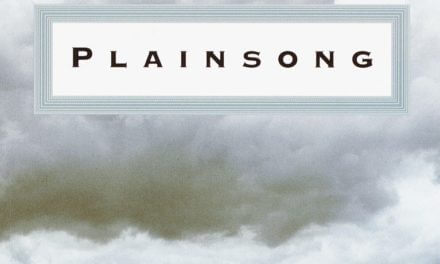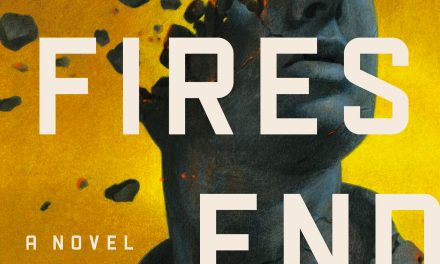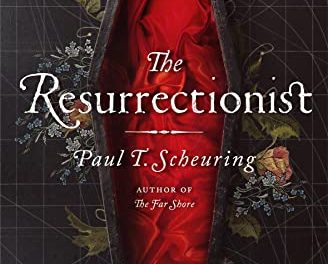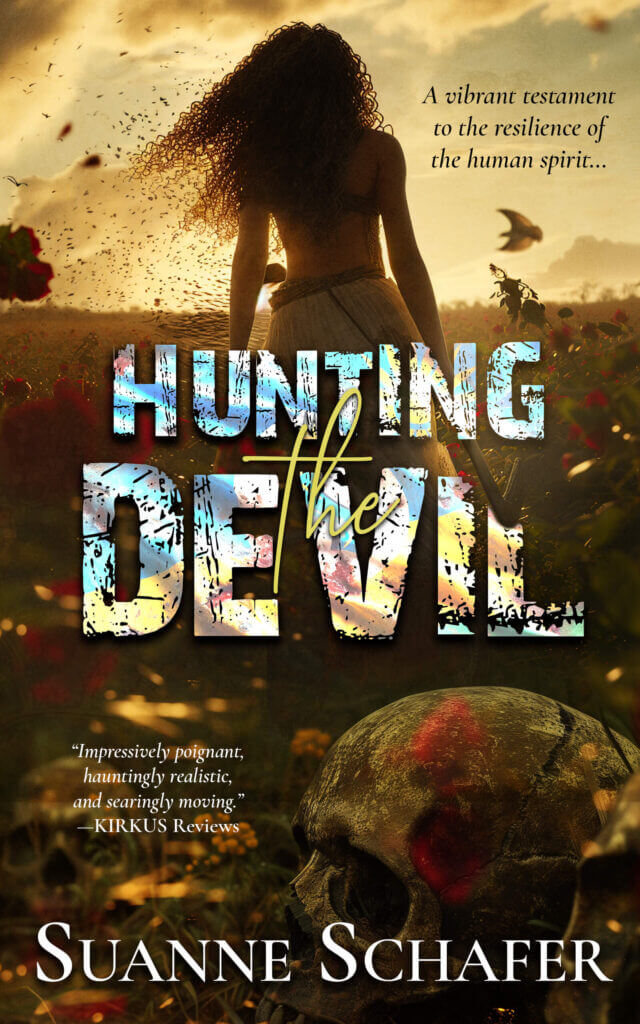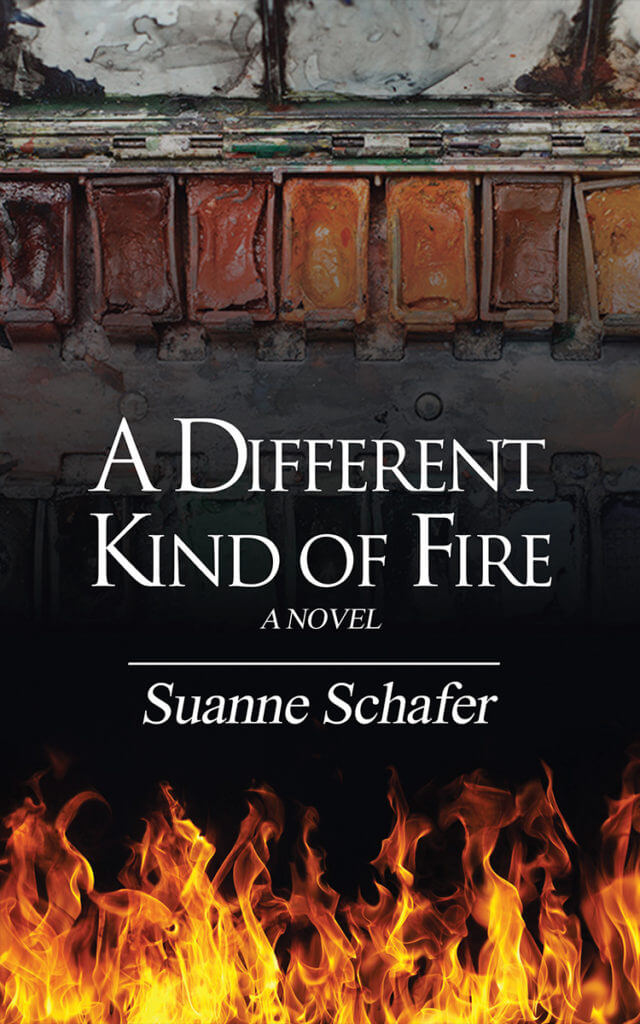Valentine begins on February 14, 1976 when a fourteen-year-old Mexican girl, Gloria Ramirez, is picked up at a drive-in by a young oil field worker, Dale Strickland. He’s the son of a preacher from Arkansas and reported to be a “good boy.” However, hepped up on amphetamines, he carries her to an oil field and brutally rapes and beats her, then drinks himself into oblivion.
This is a dark look at an oil boom in Odessa, Texas, a town only twenty-two miles from where I grew up. The premise is heavy, but the book isn’t about the rape itself as much as it is about its repercussions. Valentine looks at the short-term impact this crime has on several women in Odessa. The story is told in multiple points of view—all female—who are affected directly or indirectly by the aftermath of this rape. The seventies are times of change in Texas, as well as the rest of the United States with the Vietnam war, draft dodgers, women’s lib, and the ever-present misogyny against women and bigotry against persons of color, particularly Mexicans—but Odessa is slow to adjust.
Odessa is a white man’s town. Men die in accidents: in the oil field, in refineries, on ranches, or in one instance, a suicide listed on the death certificate as a “hunting accident.” Women, though, die at men’s hands. My own ancestors, the women in particular, had an inner strength and endured despite deep misogyny. While dwelling on wide-open plains, their lives were limited to becoming wives and mothers, not necessarily in that order. Lucky women escaped to Dallas or one of the other big cities or even the worlds beyond. I count myself lucky to be one of those who escaped, but the austere beauty of the Texas plains still calls to me.
The writing is poetic and authentic. The writer does an incredible job capturing the “lingo” without relying on what John Dufresne, In The Lie That Tells a Truth: A Guide to Writing Fiction call “eye dialect,” those bizarre spellings and dropped g’s as in tellin’ a story. Here, dialogue is rendered by syntax, diction, idioms, and figures of speech, and by what Dufresne calls “the vocabulary indigenous to the locale” rather than in aberrant spellings. Being from the area, I can attest to the genuineness of the vernacular. The images of the flat plains of the Llano Estacado and the whistle of the wind through tumbleweeds are breath-taking. The characters are all well-developed and represent a broad cross-section of Odessa’s population.
Valentine is a character-drive, heartbreaking exploration of injustice written in poignant, beautiful, rich prose. Even the cover of the paperback edition has a gritty texture, reminiscent of West Texas dust.
********************
Valentine is available through:
********************
This post contains Amazon Affiliate links. As an Amazon Associate I earn from qualifying purchases.

